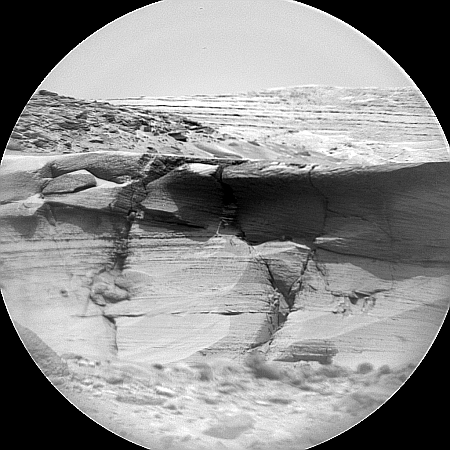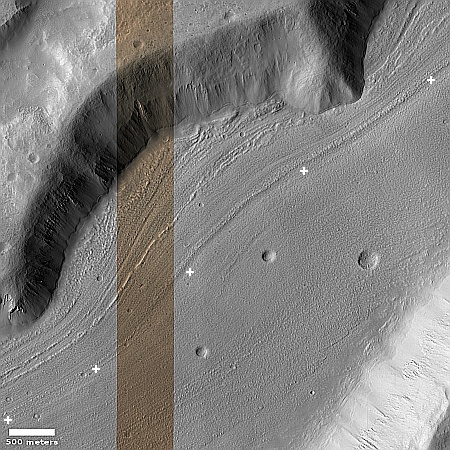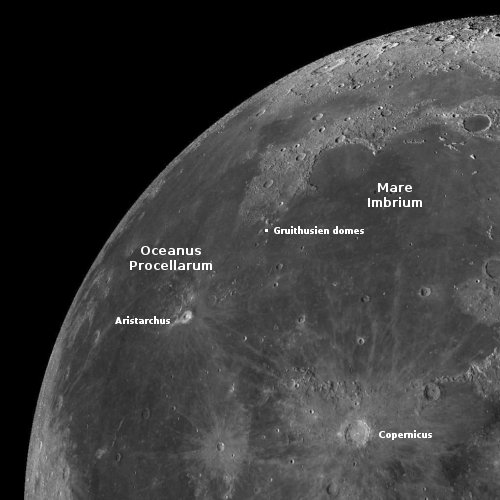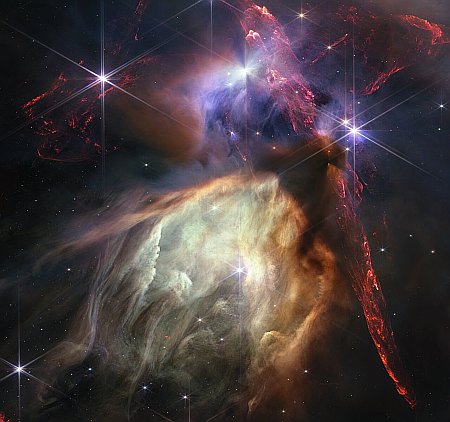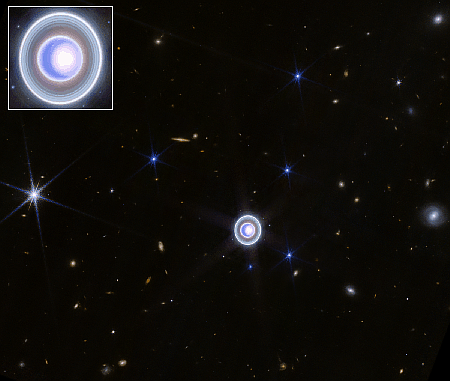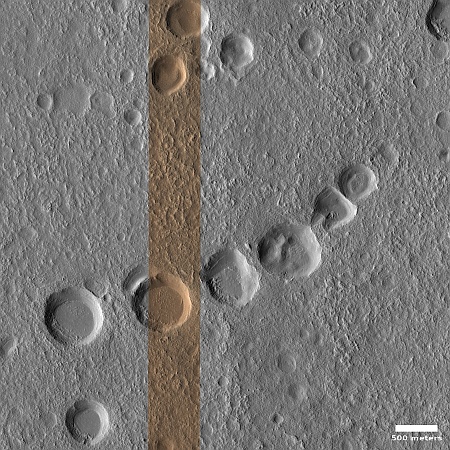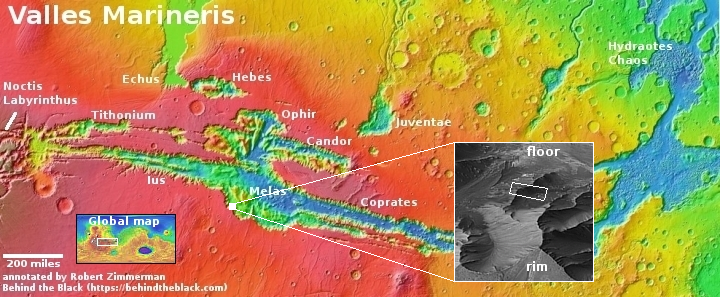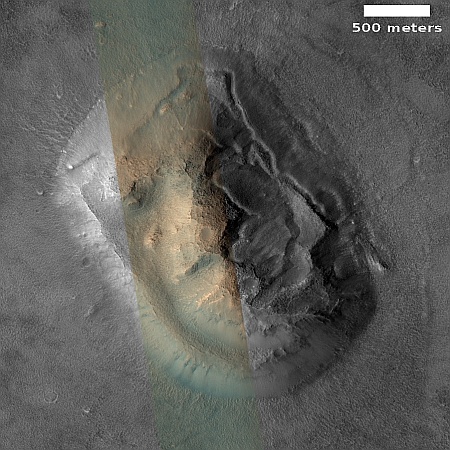Japan & NASA negotiating plan to put Japanese astronaut on later Moon landing mission
According to the Japanese press, Japanese and American government officials are negotiating a plan to include a Japanese astronaut on one of the later Artemis Moon landing missions, presently hoping to fly in the late 2020s.
Japan has been negotiating with the United States, aiming for its first landing on the moon in the late 2020s. Tokyo and Washington will establish and sign an agreement on the activities of Japanese astronauts on the moon as early as next month, according to several government sources.
These stories are likely linked to the blather from Vice President Harris last week saying the U.S. will fly an international astronaut to the Moon before the end of the decade. At the time NASA officials would not confirm her statement, other than to say that NASA had agreed to fly European, Canadian, and Japanese astronauts to its Lunar Gateway station as part of its Artemis lunar program.
Several important details must be noted. First, the schedule for Artemis, as designed by NASA using SLS, Orion, Lunar Gateway, and Starship, is incredibly optimistic. The first manned mission is presently scheduled for 2025, but no one believes that date, including many at NASA. It will likely slip to 2026 or even 2027.
Second, the program is very fluid, and could undergo major changes with a new administration, especially because of the high cost of SLS. Once Starship/Superheavy is flying, at a cost expected to less than 1% of SLS, with an ability to fly frequently instead of once every two or three years, a new government might scrap the entire Artemis program as designed. A shift from SLS to Starship entirely might actually increase the number of astronauts going to the Moon, both from the U.S. and the entire Artemis Accords alliance.
According to the Japanese press, Japanese and American government officials are negotiating a plan to include a Japanese astronaut on one of the later Artemis Moon landing missions, presently hoping to fly in the late 2020s.
Japan has been negotiating with the United States, aiming for its first landing on the moon in the late 2020s. Tokyo and Washington will establish and sign an agreement on the activities of Japanese astronauts on the moon as early as next month, according to several government sources.
These stories are likely linked to the blather from Vice President Harris last week saying the U.S. will fly an international astronaut to the Moon before the end of the decade. At the time NASA officials would not confirm her statement, other than to say that NASA had agreed to fly European, Canadian, and Japanese astronauts to its Lunar Gateway station as part of its Artemis lunar program.
Several important details must be noted. First, the schedule for Artemis, as designed by NASA using SLS, Orion, Lunar Gateway, and Starship, is incredibly optimistic. The first manned mission is presently scheduled for 2025, but no one believes that date, including many at NASA. It will likely slip to 2026 or even 2027.
Second, the program is very fluid, and could undergo major changes with a new administration, especially because of the high cost of SLS. Once Starship/Superheavy is flying, at a cost expected to less than 1% of SLS, with an ability to fly frequently instead of once every two or three years, a new government might scrap the entire Artemis program as designed. A shift from SLS to Starship entirely might actually increase the number of astronauts going to the Moon, both from the U.S. and the entire Artemis Accords alliance.



